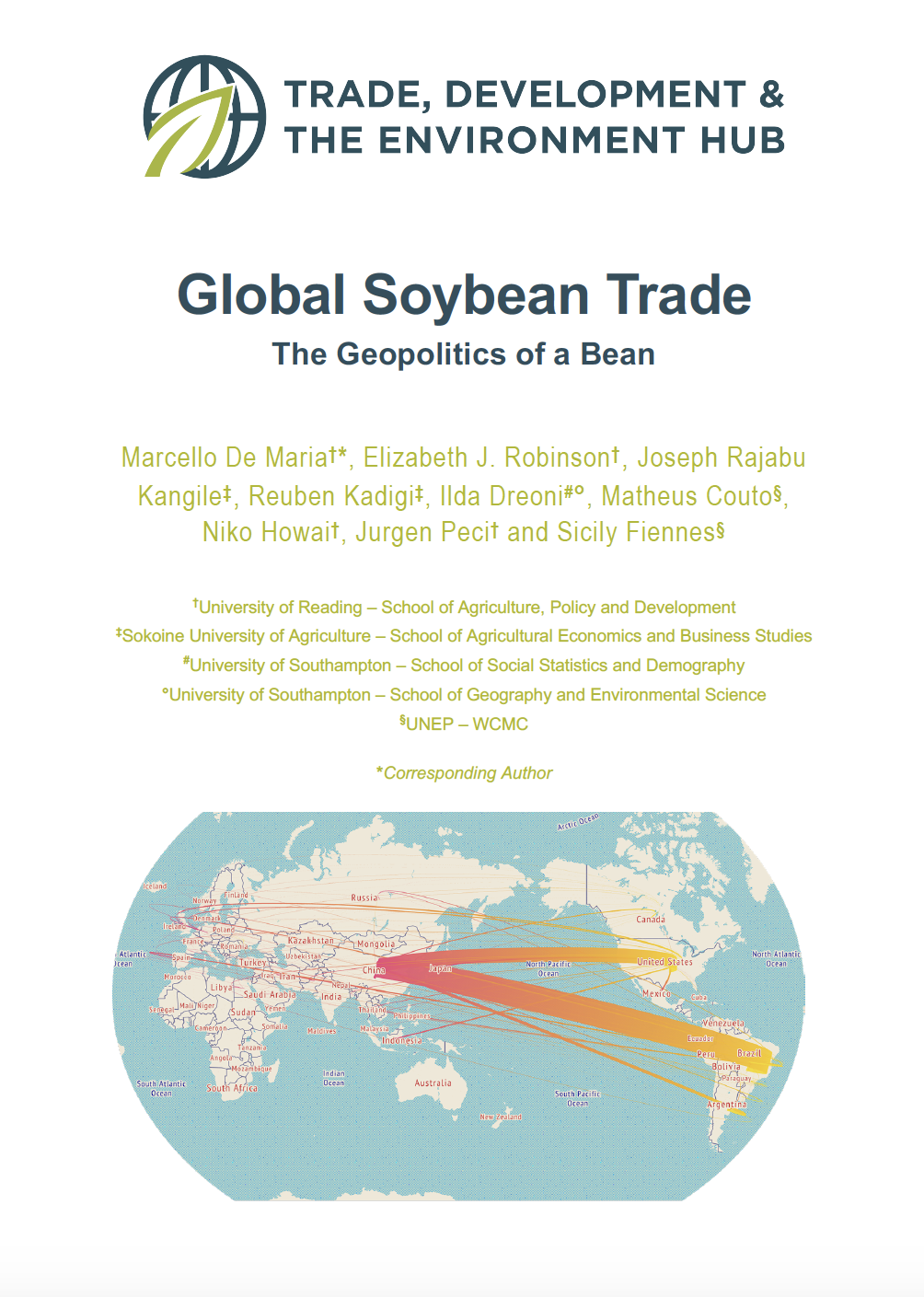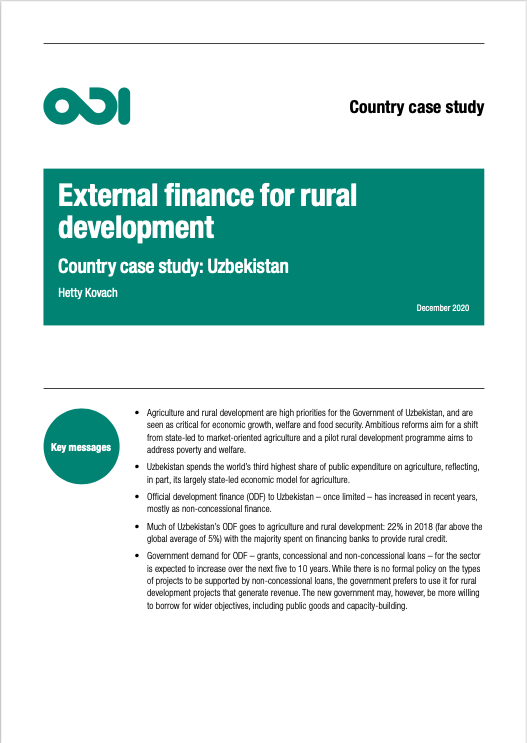Accelerating digital technology in agriculture: India agtech startups’ transition to scale
Digital technologies and services are rapidly expanding in virtually every aspect of the global economy and society, and the agriculture sector is no exception. This expansion creates new opportunities to deploy massive, agile, personalized, cost-effective, and digitally-enabled agricultural services capable of reaching even the poorest and most vulnerable populations , and driving a new digital revolution in agriculture that may prove to be as consequential as the Green Revolution of 1965-1986.







